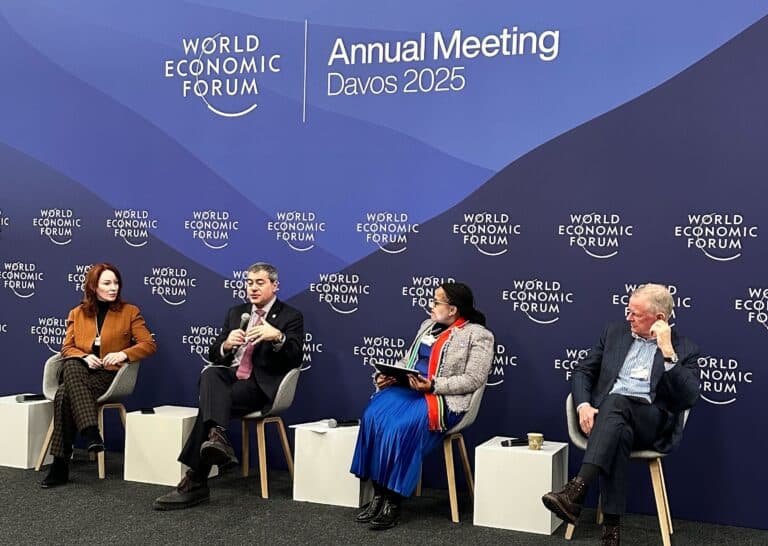This website uses cookies as well as similar tools and technologies to understand visitors’ experiences. By continuing to use this website, you consent to Columbia University’s usage of cookies and similar technologies, in accordance with the Columbia University Website Cookie Notice.
How Ukraine Unplugged from Russia and Joined Europe’s Power Grid with Unprecedented Speed
More News
BBC News: Karen Young on Trump’s Middle East Tour
Insights from the 2025 Columbia India Energy Dialogue
En route back to NYC now following a fascinating and very productive week in India with the Center on Global Energy Policy India program, led by Shayak Sengupta, and our colleagues Trevor Sutton and Dave Turk.

Reflections from Davos 2025
By Jason Bordoff | I spent last week at the Annual Meeting of the World Economic Forum in Davos, and, as in prior years, am writing to offer a few reflections from the many events, meetings and conversations.

The ‘Most Vulnerable Country’ To Russian ‘Blackmail’ Braces For Trump’s Return
When Ukraine cuts off Russian gas shipments via its pipelines, the European Union will face major shortages – but few as bad as in tiny Moldova.
Relevant
Publications
What the Conflict in the Middle East Means for China’s Natural Gas Supply Security
China’s dependence on the energy supplies that move through the Strait of Hormuz makes it especially vulnerable to any possible closure of the waterway by Iran in retaliation for attacks by Israel and the United States.

China’s Oil Demand, Imports and Supply Security

Energy and Climate Issues During the Trump Administration’s First 100 Days
President Donald Trump has made energy a clear focus for his second term in the White House. Having campaigned on an “America First” platform that highlighted domestic fossil-fuel growth, the reversal of climate policies and clean energy incentives advanced by the Biden administration, and substantial tariffs on key US trading partners, he declared an “energy emergency” on his first day in office.


